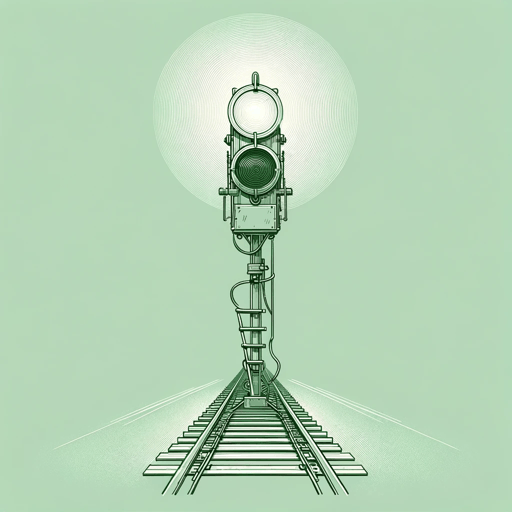30 pages • 1 hour read
Charles DickensThe Signal-Man
Fiction | Short Story | Adult | Published in 1866A modern alternative to SparkNotes and CliffsNotes, SuperSummary offers high-quality Study Guides with detailed chapter summaries and analysis of major themes, characters, and more.
Symbols & Motifs
Zigzag Path and Railway Track
The zigzag path and railway track are both designed as means to ends. They are spaces people move through to get from one place to another, but they themselves are uninhabitable. Both spaces thus symbolize the interpretive limbo that the signal man experiences and that the story invites in the reader.
The path connects the world above, from which the narrator calls out in the story’s first sentence, to the dark underground “cutting” where the signal man works. While there are moments of “light” in the story, the narrative itself occupies a space akin to the path, situated in a no-man’s land between light and dark, the rational and the supernatural, the middle and lower classes, with clear interpretation unavailable. More specifically, the signal man himself is stuck with a message that he cannot read and also cannot deliver; he cannot keep communication moving from one point to another.
This limbo is not viable, as shown in his tragic death: The train, moving to its destination so quickly that it cannot stop, cuts him down as he stands in the literal line of duty. The ending serves as both a class critique—the signal man is killed by the machines he ostensibly controls—and a cautionary tale regarding 







Related Titles
By Charles Dickens

A Christmas Carol
Charles Dickens
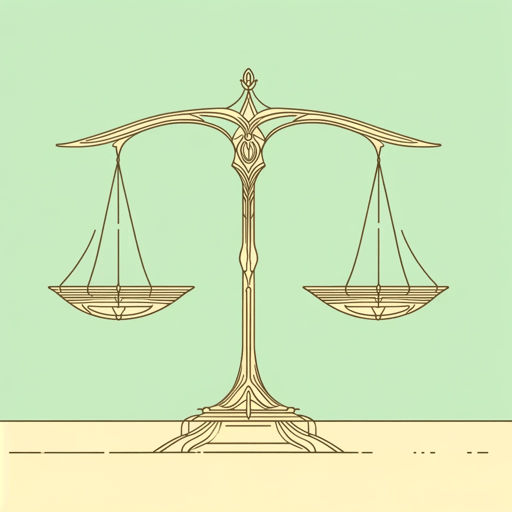
A Tale of Two Cities
Charles Dickens

Barnaby Rudge: A Tale of the Riots of Eighty
Charles Dickens
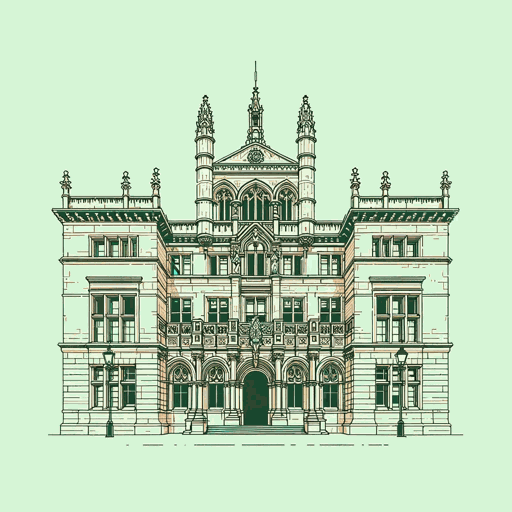
Bleak House
Charles Dickens

David Copperfield
Charles Dickens

Dombey and Son
Charles Dickens

Great Expectations
Charles Dickens

Hard Times
Charles Dickens
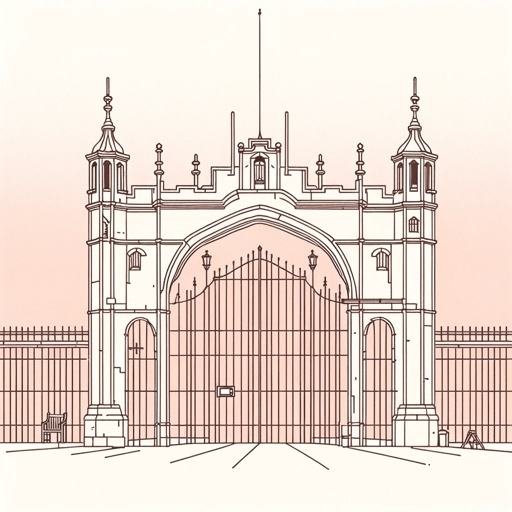
Little Dorrit
Charles Dickens

Martin Chuzzlewit
Charles Dickens

Nicholas Nickleby
Charles Dickens

Oliver Twist
Charles Dickens

Our Mutual Friend
Charles Dickens
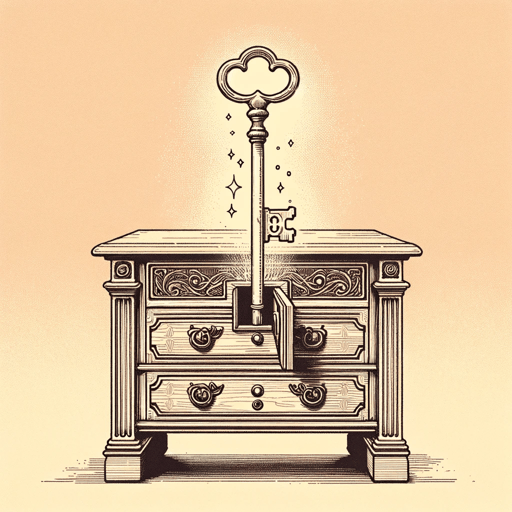
Pickwick Papers
Charles Dickens

The Mystery of Edwin Drood
Charles Dickens
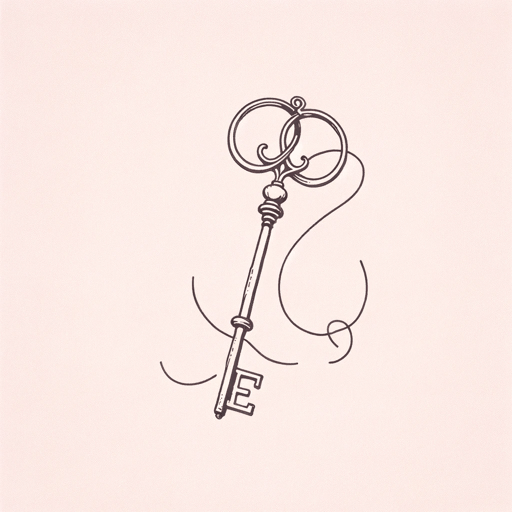
The Old Curiosity Shop
Charles Dickens
